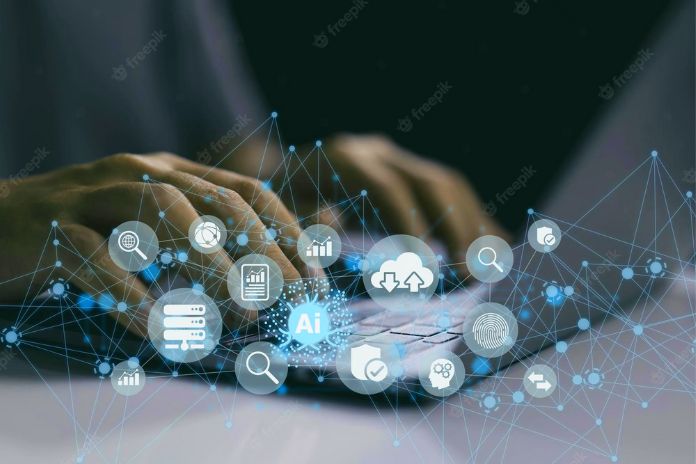Digital Transformation: How It Can Revolutionize Customer Service
Digital transformation is no longer a trend and is part of the reality of companies that want to remain competitive. This model encompasses the restructuring of business processes and has the digital culture as a driver of increased productivity, quality, and modernization.
Many entrepreneurs think that the simple fact of having a sound IT infrastructure. And having their company immerse in digital channels, with a website, blogs. And pages on social networks, already place the corporation as an exponent of digital transformation. The truth is that this process requires structural changes in all company sectors, placing technology as a central element.
This does not mean that only large companies can plunge into digital transformation. Cloud computing and the cheapening of technologies will allow companies of various sizes. And segments to adapt to this new reality. This post will better understand how digital transformation can revolutionize customer service. Check out!
Allows The Integration Of Multiple Contact Channels
A few decades ago, customer service, even at the IT help desk, was done almost exclusively via telephone. With the increase in Internet speed and the creation of specific software. The range of possibilities has increased, thus emerging emails, chats, and SMS.
Currently, with the scenario of digital transformation, the channels have multiplied and the forms of access as well. Today, it is possible to do everything relate to communication with a single device. Be it a smartphone, tablet, or computer. Among the primary forms of communication are:
- turn on;
- send an email;
- send an SMS;
- make a video call;
- ask a question to a virtual assistant;
- communicate via social networks;
- among others.
The company that masters these tools. And knows how to identify the preferences of its target audience will be able to communicate better with them. Offering omni-channel service does not mean using all available channels. But focusing on those that are best accessible to your customer.
In our case, as support professionals, we deal with people who use smartphones and computers during working hours. Therefore, we have to offer the means of communication that adapt to these two devices. And will integrate with help desk software.
Using multiple integrating channels and management software. You will be able to collect and manage the data resulting from this service and use it to improve your performance.
Emphasizes Valuing The User Experience
One of the significant impacts of the digital transformation of service is the alignment with the expectations of this new consumer. Social networks and the fact that people will connect 24 hours a day on their mobile devices. That have considerably reduce the distances between companies and customers.
Before, traditional advertising was the only informal point of contact between the company and customers. Today, there are no more intermediaries, and the consumer can complain, praise, suggest, and be served directly.
This approach has made this new generation of customers much more demanding. And discerning, wanting to participate and identify with the brands and services they consume. Digital platforms allow companies to offer this experience closer, with quick answers to questions, delivering practicality and convenience.
The world of IT support is no different. As much as companies are B2B, at the end of the day, they always deal with people, and digital transformation gives them the tools to deliver the best experience.
This all requires research and analysis of customer desires, which can be measured, for example, via an automated satisfaction survey. In the case of IT support, this satisfaction survey can be carried out at each service in a simple and fast way, integrated with the help desk software.
Enables Chatbots To Be Used
Chatbots are the greatest allies of companies with high demand and need to reduce queues without spending on hiring. These systems are nothing more than algorithms prepared to provide answers to specific customer questions.
Some chatbots will equip with artificial intelligence and can interpret the questions, offering relevant answers. Others are programmed to answer specific questions, which are usually chosen according to consumers’ most recurring problems.
Chatbots work as a “filter,” solving or allowing people to solve the most straightforward problems autonomously. This makes attendants free to Focus on more complex resolutions.
One of the significant advantages of chatbots is availability; after all, they can serve 24 hours a day, expanding the scope of action of the service sector of some companies.
Allows Remote Access
Another advantage that digital transformation has brought to customer service is the multiple ways to remotely access a customer’s system, allowing an accurate view of the problem. Often, the customer does not know how to clearly explain their problem, especially when they do not have the necessary technical knowledge.
Remote access allows the technician to assess the problem from within the user’s computer, resolving the issue himself. This represents an impressive time saving — if before the attendant had to pass instructions to the customer, which he often did not know how to execute, today the IT professional solves it remotely. For this, it is enough that he has a help desk system that offers this possibility.
Also Read: Why Is A Cloud System More Secure?
Share this content:











Post Comment